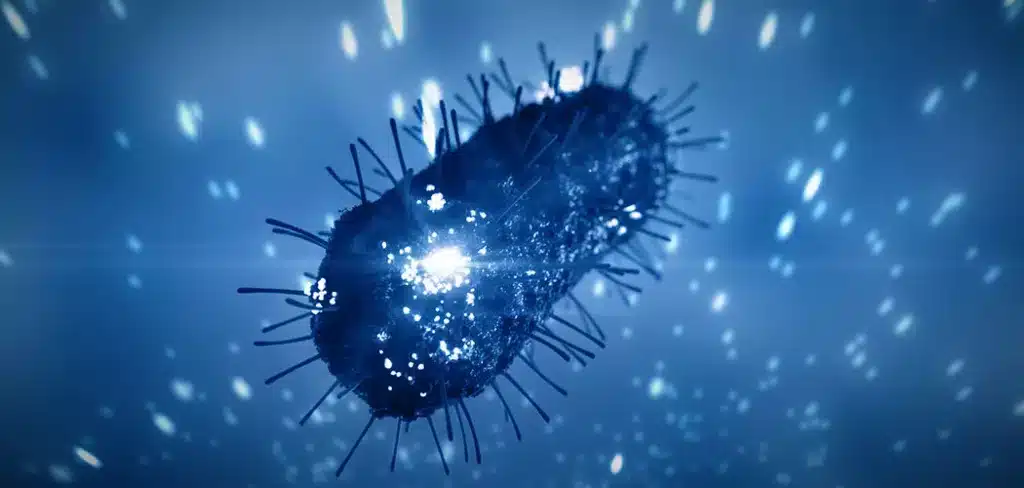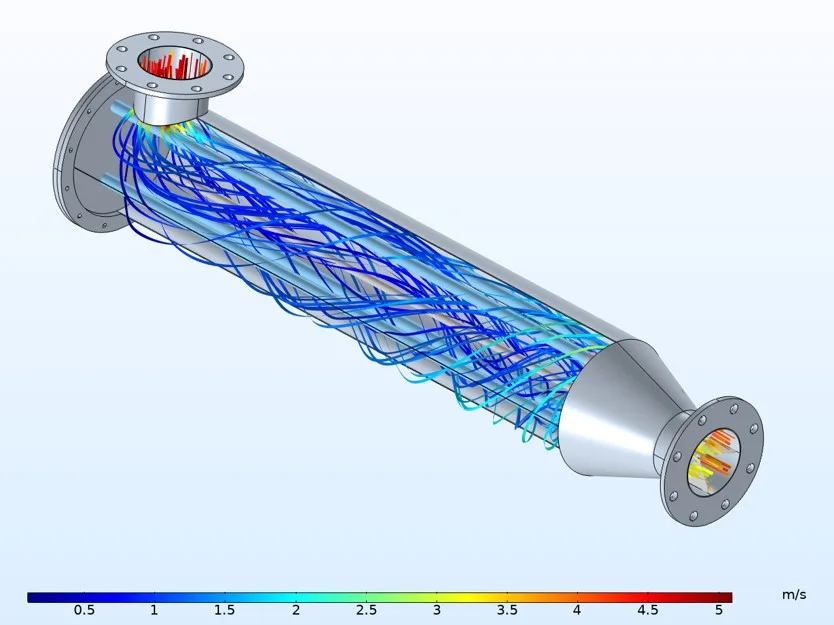How UV Light Kills Bacteria & Viruses in Water
27 September 2021Ultraviolet (UV) disinfection is an extremely effective way of inactivating and killing bacteria in water, as no known bacteria or virus is resilient to UV light. This includes pathogens such as Cryptosporidium and Giardia, which water treatment alternatives such as chlorine is unable to treat.
Today, UV disinfection systems are installed worldwide, being a recognized method for bacteria and virus removal for virtually all water treatment processes.
How ultraviolet light kill viruses and bacteria
Using UV light disinfection, the cell walls of bacteria, virus, and protozoa are penetrated, permanently altering the DNA of the microorganisms. This effectively inactivates the microorganisms, making them unable to infect and reproduce. As the cells are not able to reproduce, they will not be able to cause any infection, thus killing the bacteria and viruses. This causes the pathogens to become non-infectious by damaging its DNA.
UV disinfection has become the preferred water disinfection solution to inactivate and kill microorganisms, bacteria, and viruses due to its many advantages. A water disinfection alternative is chlorine, which has proven to lead to several health complications such as respiratory diseases. The many advantages of UV include:
- A lower carbon footprint compared to the alternative disinfection methods
- Low maintenance, administration, and operating costs
- No dangerous chemicals involved (no residuals, handling and storage)
- No by-products being added in the process
- No change in the water properties such as pH and temperature
- Instant treatment, meaning there is no processing time
- Safe and simple implementation
The video below shows how bacteria in water are effectively inactivated by UV light.
How long time does it take for UV light to kill bacteria or virus?
The amount of time it takes for UV light to kill bacteria depends on a number of factors.
One of the most important factors to consider is the type of bacteria to be targeted. This is due to some bacteria being more resistant to UV light than others, which means that they require a longer exposure time or a higher UV dose to be inactivated. Assessing which bacteria or virus to inactivate is the first step to consider before advancing with the individual water treatment case.
Another important factor is the UV lamp intensity, which concerns the amount of UV radiation that is required to inactivate the targeted bacteria or virus. This naturally means that lamps with higher intensity will be able to inactivate the bacteria more quickly than low-intensity UV lamps.
Additionally, UV transmittance needs to be considered, which refers to the amount of light being able to pass through the water. If the water has a very low UV transmittance, it will require a higher UV dose or a longer exposure time. In general, this means that clearer water with a high UVT % would require UV lamps with lower intensity, as the UV light is better able to “reach” the microorganisms.
All of these factors must be taken into account when assessing the right UV system for the specific water treatment conditions to be achieved – including bacteria inactivation. All of the described factors here are naturally considered when we size systems here at ULTRAAQUA, in order to find the optimal UV system capable of ensuring the required UV dose for bacteria and virus inactivation.

The role of UV disinfection systems in water treatment
The demands for cost-efficient and sustainable solutions to provide clean water are at an all-time high, which looks to increase even further in the future.
Utilizing UV disinfection systems makes it possible to solve this complex challenge in a lot of water treatment applications, as they are able able to meet the strictest requirements regarding bacteria and virus protection. This has made UV systems play an important role for a sustainable future, becoming a globally accepted solution for water disinfection in various water treatment applications, such as Recirculated Aquaculture Systems (RAS), Municipal Wastewater and Drinking Water. The many advantages such as excellent operational efficiency often make UV technology the best solution for disinfection processes.
The amount of UV light required to kill bacteria varies depending on several factors, including flow rate, UV dose, and the organism to be killed. To achieve maximum efficiency in the specific water treatment applications, these factors are taken into account when choosing a suitable UV disinfection system. The systems from ULTRAAQUA are specifically designed to ensure maximum cost and energy efficiency.

The image above shows a water treatment simulation, illustrating the path of the water in a UV reactor. For a more in-depth view of how UV systems work – click here.
By utilizing the vast number of advantages within UV technology, the environment moves towards a more sustainable state, solving the increasing water safety challenges one UV system at a time.
If you are interested in hearing how our UV systems can assist your water treatment setup, please use the contact formula below.